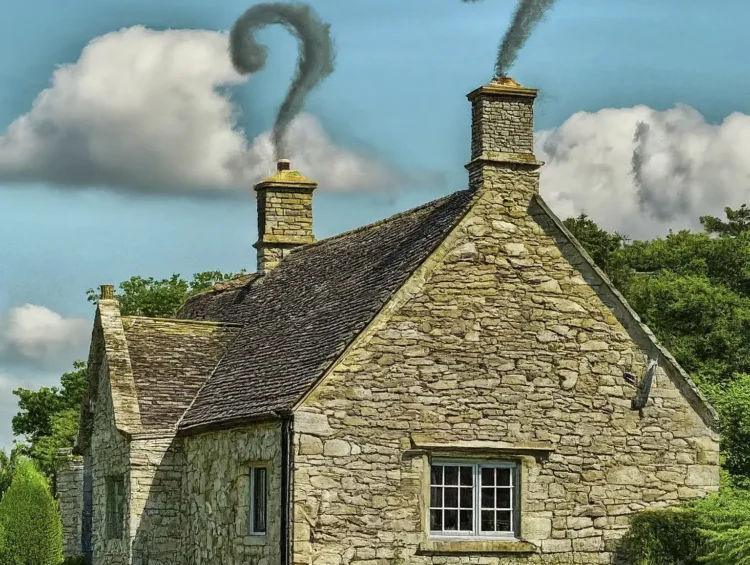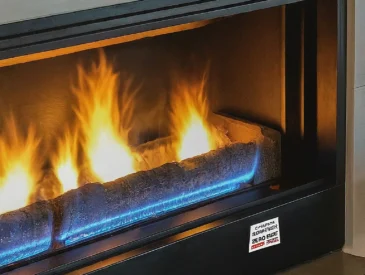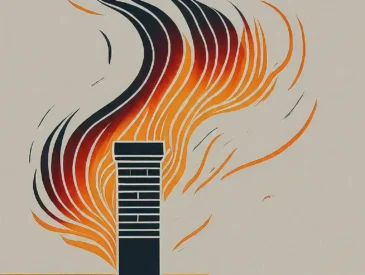Sharing a chimney can be a space-saving solution for homeowners with multiple fireplaces. It’s possible for multiple fireplaces to share a chimney, provided certain criteria are met. If you have questions about whether your fireplaces can share a chimney, read on for the answers.
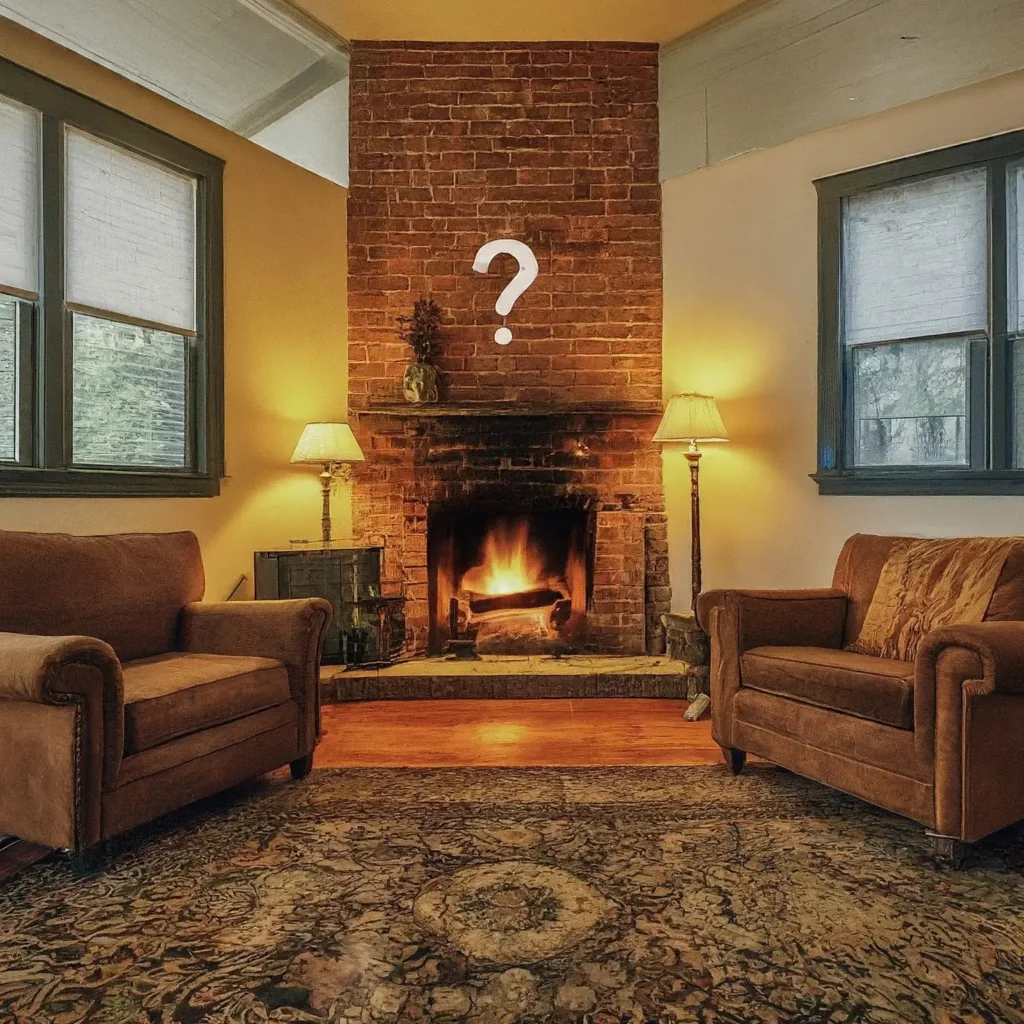
Can Multiple Fireplaces Share One Chimney?
Yes, two or more fireplaces can use the same chimney. Additionally, a fireplace can share a chimney with an appliance like a furnace or water heater. In most cases, each unit will have its flue, while the chimney breast and the stack are shared.
However, if you have two fireplaces of the same type (e.g., two wood-burning fireplaces) on different levels, they can share both a chimney and a flue. In other layouts, separate flues are required for safety.
Shared Chimney and Shared Flue
A chimney and flue can be shared if the fireplaces burn the same fuel and are on different levels or if the fireplace is double-sided. While this arrangement is possible, following building codes is crucial to ensure the flue properly exhausts smoke and fumes.
- The same type of fireplace on different levels: If a fireplace on the main level shares a chimney with a fireplace on an upper level, a flue divider is used to prevent smoke from the downstairs fireplace from leaking into the upstairs area.
- A double-sided fireplace: This type has two open sides and utilizes one firebox, flue, and chimney.
Shared Chimney and Separate Flue
Often, a chimney is shared while the flues are separate. This occurs when there are different fuel types (e.g., a gas fireplace and a wood-burning fireplace), when a fireplace and an appliance (like a furnace) use a shared chimney, or when two fireplaces are the same type but are back-to-back on the same level.
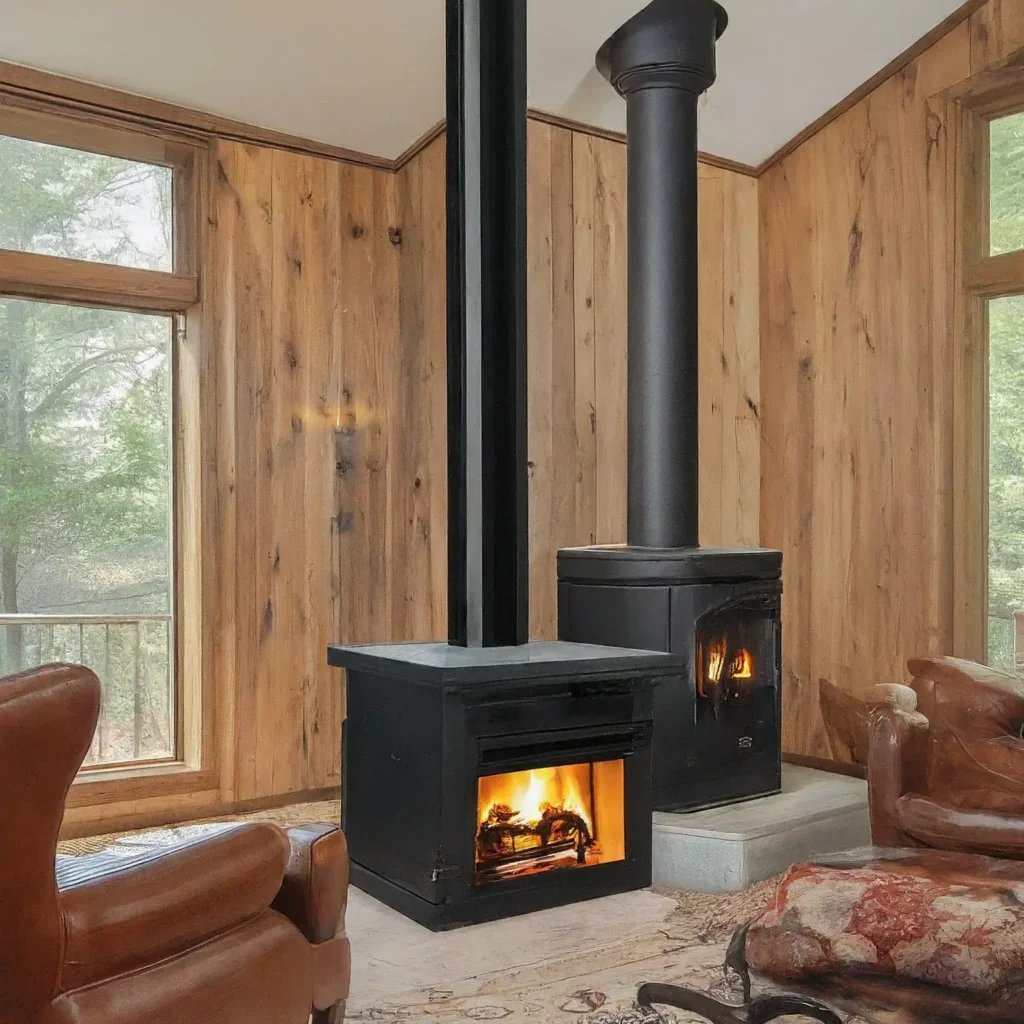
- Different fuel fireplaces: Fireplaces on separate levels that burn different fuels can share a chimney but not a flue.
- A fireplace and an appliance: Some appliances utilize a flue and chimney, such as water heaters, furnaces, and boilers. They can share a chimney with a fireplace, but not a flue.
- Back-to-back fireplaces: Fireplaces that burn the same fuel type but are located on the same level will share a chimney but not a flue.
Does each fireplace need its chimney?
No, fireplaces can share a chimney when they align with a shared wall or a shared vertical space on different levels. They will not share a chimney when they are not located in the same area.
Does each fireplace have its flue?
Typically, each fireplace will have its flue. Sharing a flue with multiple fireplaces or an appliance can lead to a risk of leaking combustion gases or exhaust. However, in specific cases, a flue can be shared:
- Two similar fuel appliances are connected to one flue.
- The fireplaces are on different levels.
When fireplaces are on different levels of a home, the chimney and flue can be shared. A flue divider is installed to prevent exhaust from the lower-level fireplace from escaping inside through an upper-level fireplace.
Responsibility for a Shared Chimney
In rowhomes, chimney repairs are shared between the two homeowners since they share a common wall. In condos and townhomes, the chimney is considered a common area and is covered by the master homeowner’s association.
Rowhomes: Each homeowner is responsible for the portion they use—their flue, firebox, and part of the chimney breast that extends into their home.
Condos and townhomes: The owner is typically responsible for everything from the walls, while the association covers shared spaces like chimneys.
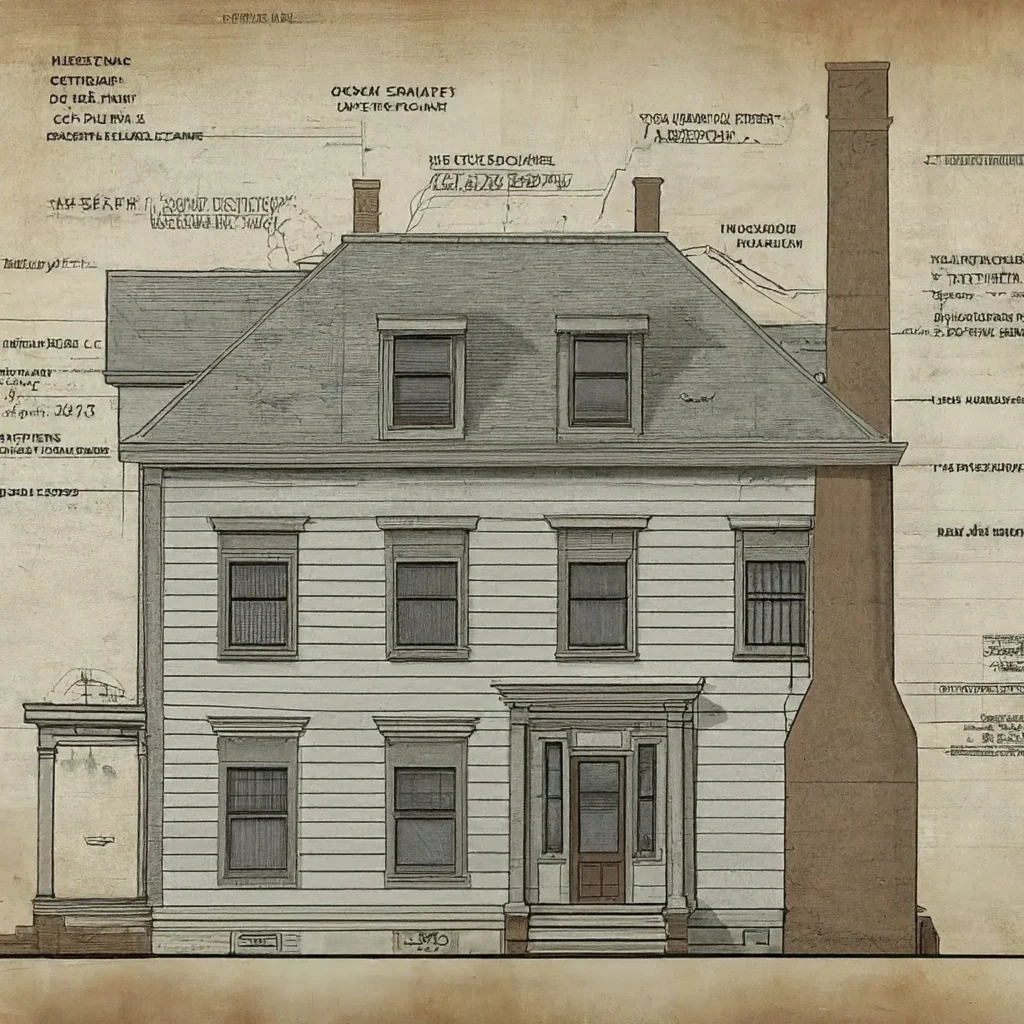
What Does a Shared Chimney Look Like From the Inside?
From the outside, the chimney stack appears as one solid unit. On the inside, the chimney is divided by multiple flues or flue liners when shared. A brick divider separates the flues, and the flue liner is made of fire-resistant material.
For more information on sharing chimneys among multiple fireplaces, feel free to contact us at HomeDekkor.

